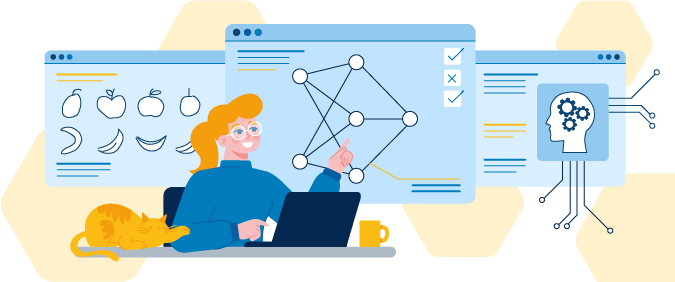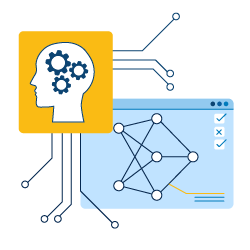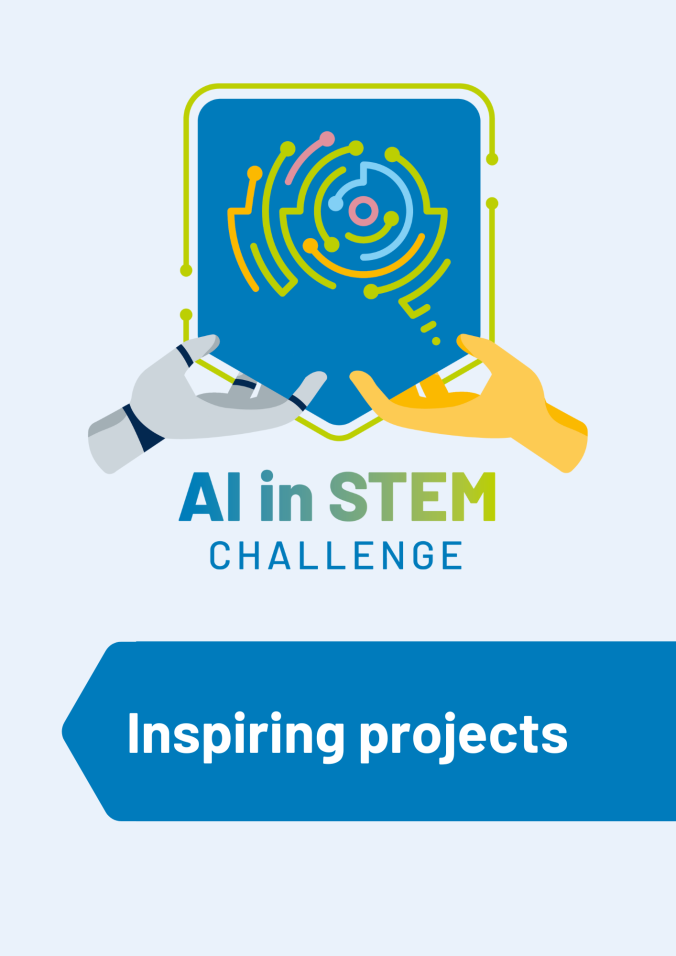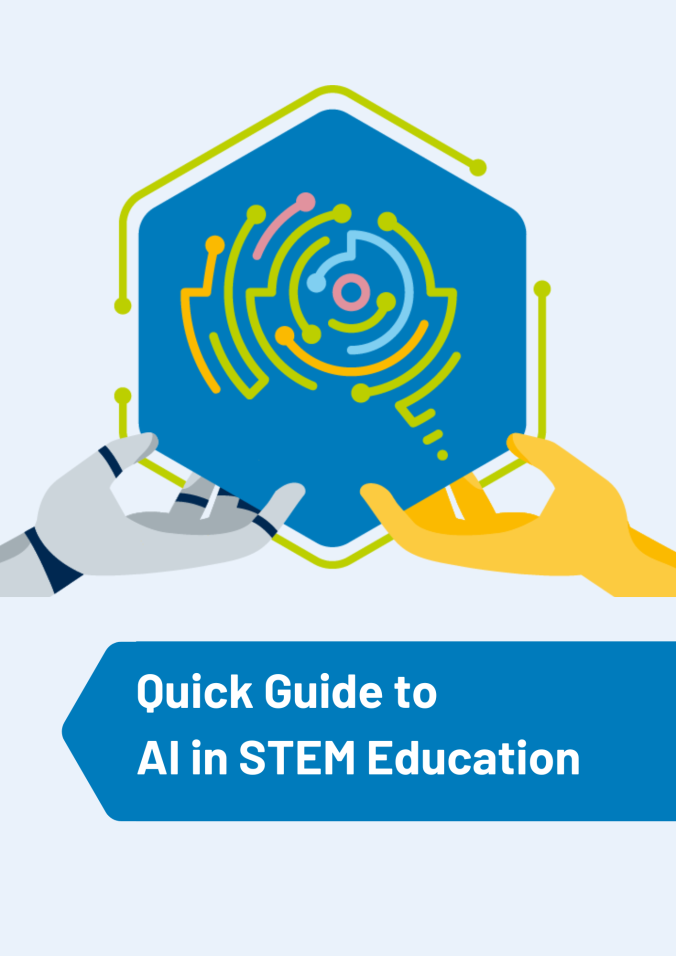Machine Learning in School

Overview
Overview
Keywords: Neural networks, machine learning, AI applications
Subjects: ICT, mathematics, STEM
Age: 14+
Time frame: 8–12 double lessons
This material is suited for self-directed learning. The learning units are aimed both at students and teachers who want to familiarise themselves with the topic or expand their existing knowledge. The sections can be worked through one by one following the chapter numbering. Many contain interactive examples that allow you to explore neural networks or their components.
Required hardware/software:
- Internet access
- PCs/laptops/tablets
Author: Daniel Janssen (Germany)
More information about the author and the project.
Introduction: What exactly is machine learning?
This course deals with machine learning – machines (or more precisely computer programs) that learn, or can learn to do something, by themselves. This area of computer science belongs to the field of artificial intelligence, a hot topic which pervades our everyday lives.
As an introduction to machine learning, the following interactive learning units look at simple artificial neural networks, as artificial neural networks are currently the most widespread in the field of artificial intelligence. We are all familiar with a certain biological neural network: our brain. On the following pages, we will get to know a type of computer program that is roughly structured in the same way as we imagine the brain to be, only smaller and much simpler. That's why it's called an artificial neural network (sometimes just called neural network for short).
Let's get one thing straight from the start: True artificial intelligence does not exist (yet). What we talk about here is so-called weak artificial intelligence. These are usually applications that, at first glance, appear to be good at doing or dealing with something very specific. But here, too, the concept of intelligence should be refined even further: All artificial neural networks are based on numbers entering a computer program as input and calculated numbers given out as output.
You may already be familiar with this from the IPO model (input, process, output). That’s how one can imagine a neural network to start with: numbers go in, other numbers come out. At the end of these learning units, you will certainly be able to judge for yourself to what extent this can be called intelligent.

Social relevance
The topic of artificial intelligence is unavoidable nowadays, both in private settings and in schools and society at large. There are ample points of discussion related to the topic on all possible levels. There is also enough material available, whether in print or in digital form, that deals with artificial intelligence. It goes without saying that this topic is particularly relevant in the context of education.
Engaging with the fundamentals of artificial neural networks on these pages aims to contribute to a better and clearer understanding of how neural networks work. This helps us to recognise their strengths and why some things work the way they do – rationally and mathematically explainable, even if at first glance some things might seem like amazing magic. Most importantly, however, it also helps us to anticipate or identify their weak points and to better understand or assess potential problems related to AI and its impact on society, issues that are frequently discussed these days.
Due to the online-based nature of these learning units, italicization of variables and quantities has been omitted for the sake of uniformity in the typeface.
© 2019–2024 D. Janssen
The use of this teaching material is free (Creative Commons license CC-BY-SA), but the code is protected by copyright and not assigned to a free licence. Accessing the code of the interactive elements through deobfuscation, as well as copying or using this code or excerpts thereof, is not permitted.
Share this page



